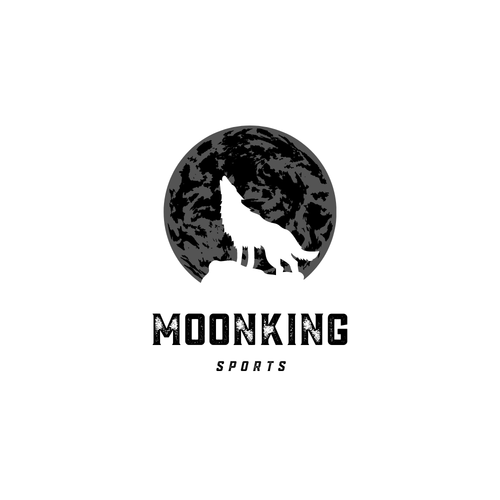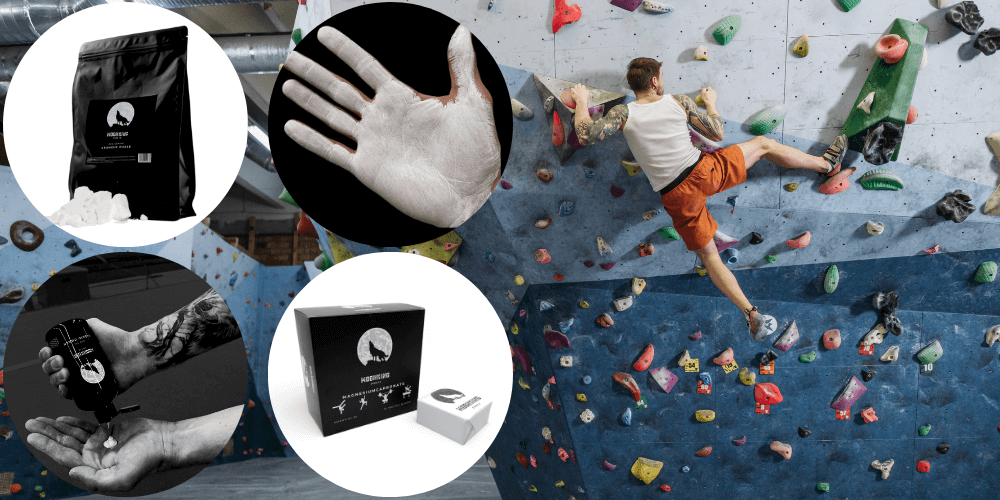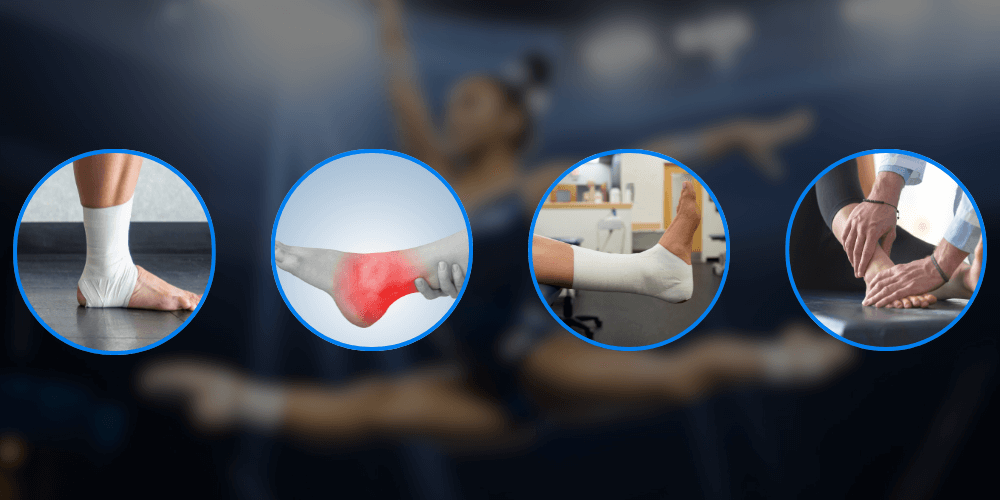Chalk – Your helper for more grip
Chalk, usually in the form of magnesium carbonate, is a fine powder that keeps your hands dry, increasing friction between your skin and the surface. The result: a firmer grip, which is crucial in many sports—whether climbing, weightlifting, gymnastics, or other disciplines—to optimize your performance and prevent injuries.
Why is chalk so important?
- Improved grip: Chalk reduces sweating and provides a dry, secure grip that gives you the confidence you need for challenging exercises.
- Prevents slipping: Especially during intense workouts or in sweaty environments, chalk helps your hands stay securely on equipment and objects.
- Increased safety: A stable grip minimizes the risk of injury, allowing you to concentrate fully on your technique.
What types of chalk are there?
- Powdered chalk: The classic magnesium carbonate , available in sachets or cans, offers you strong adhesion – ideal for everyday use.
- Liquid Chalk: This liquid version dries faster, creates less dust, and is particularly hygienic – perfect for competitions or indoor areas.
- Block Chalk: A solid, compressed block often used in climbing gyms that offers you a long-lasting solution.
How to use chalk correctly
- Clean your hands: Wash your hands thoroughly and dry them completely before applying chalk.
- Apply a thin layer: A small amount is usually enough – too much chalk can dry out your skin and even impair grip.
- Spread the chalk evenly: Make sure the powder is well distributed on your palms and fingertips for maximum effect.
- Tap off excess chalk: Shake your hands lightly to remove excess chalk so you don't work with too much powder.
When should you use chalk?
Chalk is especially useful when:
- Sweat affects your performance: During intense workouts or in warm environments, chalk keeps your hands dry.
- A secure grip is crucial: When climbing, weightlifting, gymnastics or other sports where you have to hold on to equipment, chalk provides stability.
- You want to transfer maximum power: A firm grip allows you to transfer more power to equipment or dumbbells.
Additional tips for optimal use
- Be aware of your surroundings: Some climbing gyms and fitness studios restrict the use of chalk due to dust. Check the rules in advance.
- Protect your clothing: Chalk can discolor your workout clothes, so it's best to use special chalk bags or wear old workout clothes.
- Care for your skin: Use a moisturizing hand cream after training to protect your skin from drying out.
- Experiment with the amount: The ideal amount of chalk varies depending on the sport and your individual needs – find the perfect balance for your training.
- Environmentally friendly alternatives: Find out about environmentally friendly chalk varieties to make your choice in terms of sustainability.
Liquid Chalk vs. Powder Chalk: Which is right for you?
- Liquid Chalk: Dries quickly, is less dusty, and offers a more hygienic solution—ideal if you're training in competitions or indoor areas.
- Powder chalk: More cost-effective and with strong adhesion, but it can create more dust – ideal for daily use in training.
Conclusion
Chalk is much more than just a tool—it's an essential companion that helps you improve your grip, prevent injuries, and enhance your athletic performance. With the right application and the right product, you can get the most out of your training. Discover the many ways chalk can make your daily training safer and more effective. Rely on quality and innovation to always achieve your maximum.









